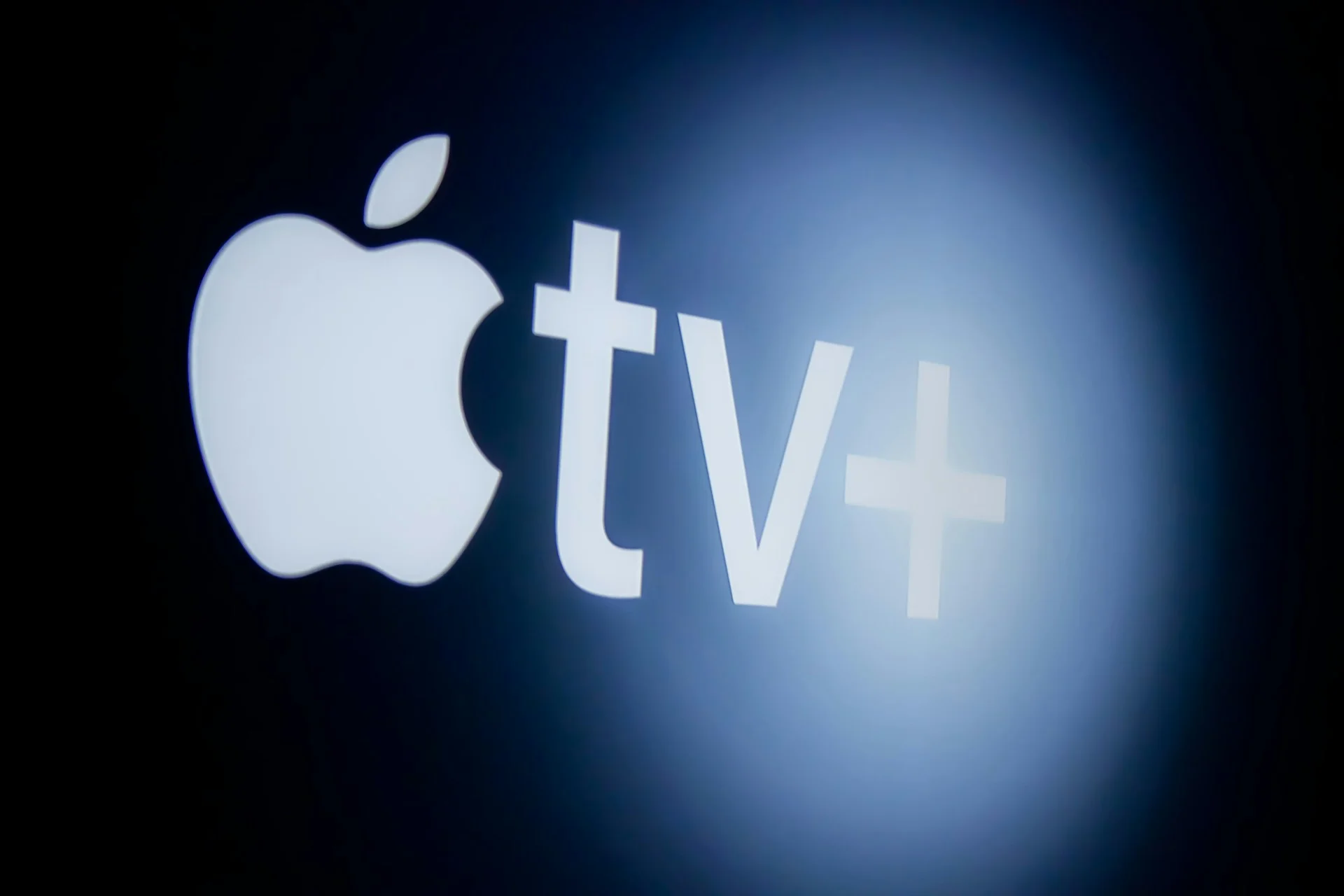Apple’s Performance-Based Pay: Redefining Compensation in Hollywood
Apple spearheads a paradigm shift in talent compensation, proposing a performance-based system that rewards success. Departing from traditional upfront guarantees, Apple’s approach ties hollywood talent pay to project performance metrics.
The tech giant’s plan involves a bonus system linked to project success, focusing on three key criteria:
- Viewer Engagement: Metrics include the number of sign-ups for Apple TV+ and viewer engagement metrics such as time spent watching.
- Production Costs: Compensation considerations factor in the cost of the program relative to its audience size.
- Performance Bonuses: Talent associated with top-performing shows stands to benefit significantly, with potential bonuses reaching up to $10.5 million per season.
While Apple’s proposal is innovative, it remains subject to feedback and refinement. The initiative primarily applies to shows produced in-house, highlighting Apple’s commitment to driving quality content and incentivizing success.
Netflix and Amazon’s Overhaul Plans: Aligning Pay with Performance
In response to industry shifts, streaming giants Netflix and Amazon are also exploring performance-based compensation models. However, details of their plans remain undisclosed, with both companies prioritizing strategies to better align pay with project performance.
Netflix and Amazon’s initiatives aim to address industry concerns and align compensation with project success metrics. By revising pay structures, these companies seek to incentivize talent to deliver high-quality content while optimizing cost efficiency.
Industry Reaction and Skepticism: Balancing Incentives and Cost Savings
While the push towards performance-based pay reflects a desire for greater fairness and accountability, skepticism persists within the industry. Some industry insiders view these initiatives as cost-saving measures disguised as performance incentives.
Despite concerns, industry leaders acknowledge the need for evolution in compensation models to reflect changing viewing habits and market dynamics. Balancing talent incentives with cost control remains a key challenge in the ongoing transition.
The Evolution of Pay Models: From Guarantees to Performance Incentives
The historical evolution of Hollywood pay models underscores a shift from upfront guarantees towards performance-driven incentives. Previously, platforms like Netflix offered generous upfront payments to secure projects, treating every show as a potential hit.
However, as industry dynamics evolve, traditional pay models face scrutiny for their sustainability and alignment with project success. The transition towards performance-based compensation reflects a broader industry trend towards greater accountability and efficiency.
Challenges and Considerations: Navigating Complexity in Pay Structures
Navigating the complexities of changing pay structures requires careful consideration of various factors. Balancing talent incentives with cost-saving measures and profit optimization presents a multifaceted challenge for industry stakeholders.
Key considerations include:
- Maintaining Talent Motivation: Ensuring that performance-based incentives effectively motivate talent to deliver high-quality content.
- Cost Control and Profit Optimization: Striking a balance between rewarding success and managing production costs to maximize profitability.
- Industry Dynamics and Competition: Adapting to evolving market trends and competitive pressures while maintaining a competitive edge.
The Quest for Transparency: Towards Greater Accountability in Pay Hollywood Models
As streaming giants embrace performance-based compensation, the need for transparency becomes increasingly pronounced. Greater transparency in data sharing and accountability mechanisms is essential for ensuring fairness and trust within the industry.
While progress towards transparency is underway, challenges remain in standardizing data-sharing practices and fostering trust between platforms and talent. Continued dialogue and collaboration are necessary to address these challenges and drive meaningful change.
The Rise of Bundling: Combating Churn with Strategic Partnerships
In response to increasing churn rates, industry players are exploring bundling strategies to enhance subscriber retention. Collaborations between major players like Disney and Warner Bros. aim to offer bundled streaming services, echoing the bundling strategies of the cable TV era.
By bundling complementary services, companies seek to create value for subscribers and reduce churn rates. However, the success of these initiatives hinges on factors such as pricing, content offerings, and customer experience.
Innovations in Content Development: Empowering Fan-Driven Creativity
Beyond compensation models, industry innovation extends to content development approaches. Initiatives like Tubi’s fan-driven content funding and the success of video game adaptations signal a shift towards empowering fan-driven creativity and expanding content diversity.
These initiatives reflect a growing emphasis on audience engagement and inclusivity, fostering a more dynamic and responsive content ecosystem. By leveraging fan input and creative collaboration, industry players aim to create compelling content that resonates with diverse audiences.
Industry Insights and Deals: Navigating Transformative Changes
From potential studio breakups to managerial shifts, the industry landscape undergoes transformative changes. Insights into deal-making processes and strategic maneuvers provide valuable context for understanding industry dynamics and future trajectories.
Key developments include:
- Potential studio breakups, such as Sony and Apollo’s plans for Paramount.
- Funding initiatives like Downtown Music’s investment in advancing musician projects.
- Managerial shifts and strategic partnerships, such as YouTube star MrBeast’s managerial transition.
Conclusion: Embracing Change and Innovation in Hollywood
As Hollywood undergoes transformative shifts in compensation models, content development approaches, and strategic partnerships, the industry faces both challenges and opportunities. Balancing talent incentives with cost efficiency, fostering transparency and accountability, and embracing audience-driven creativity are essential for navigating this evolving landscape.
By embracing change and innovation, industry stakeholders can adapt to emerging trends, drive sustainable growth, and continue delivering compelling content experiences to global audiences. Amidst ongoing transformations, collaboration, creativity, and strategic foresight will be key drivers of success in the dynamic and competitive entertainment landscape.
More News: Tech News


